Tuesday, 23 April 2024
Menu

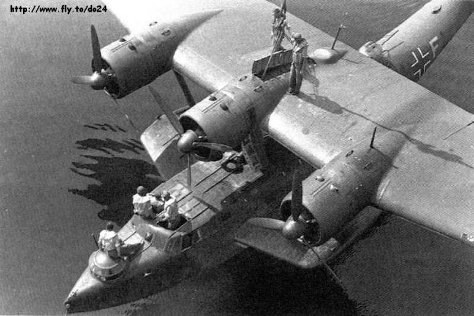
Military action is characterised by the fact that it does not give pardon to anyone. Soldiers, men, women, old people and children, are treated equally by war. The spring of 1945 in the Allied camp was beautiful. It carried in the air the scent of freedom and the longed-for end of the Second World War. On the other hand, everything looked completely different. The myth of the 1000 year old Reich had collapsed. Mass evacuations were taking place, whole villages and towns were deserting. For the Germans, the time of apocalypse had come, when the Soviets were taking bloody revenge for the wrongs they had suffered.
In the midst of all this wartime turmoil, there was a little-known episode on which Polish researchers from the Fort-Rogowo Foundation intend to shed some light with the onset of winter.
During the evacuation of the German population, from what is now the West Pomeranian Voivodeship, a marine salvage squadron – the Sehe Nord Gruppe – formed an air bridge, one end of which was the Rogów base. Everyone was evacuated. Family members of German soldiers, ordinary citizens, but also whole colonies of children who had previously been relocated to Pomerania to protect them from the bombardment of the great cities and industrial centres of the Third Reich.

Thousands of people crowded the Resko lake, waiting to be picked up by one of the Dornier Do-24 seaplanes that took off every now and then. The light, small planes were designed to carry 20 people, but in these circumstances they took almost a hundred on board.
The whole story today revolves around one of these Do-24s, which plunged into the waters of a lake shortly after take-off. At the time of the crash, it had nearly 80 children on board. There are two theories as to what caused the tragedy, and in the light of the tangible evidence, it was almost certainly caused by an anti-tank missile fired from a Soviet tank, and not, as some claim, by loss of manoeuvrability due to overcrowding.
“This is anti-tank shrapnel that was fired from a Russian tank and this is a typical shoot-down,” said Miroslaw Huryn, a member of the Fort-Rogovo Foundation.
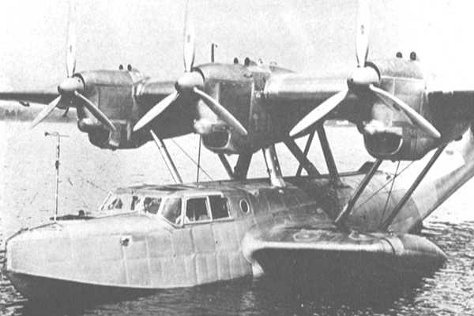
The low transparency and the muddy bottom are the main problems faced by people who want to shed light on this disaster. In 2009, the bottom of the lake was penetrated by divers, but the nature of the body of water did not allow them to get a good idea of the situation.
“There was enough space there for me to spread my arms. It’s some part of the fuselage, except I don’t know if it extends 2m, 5m or 10m further. I have no idea, there is zero visibility there. The wreck is definitely destroyed and it is definitely all in the mud, nothing sticks out above its surface,” said Aleksander Ostasz, one of the participants of the 2009 dive and a member of the Fort-Rogowo foundation.
Despite the difficult situation, the plan for the wreck is to bring it to the surface. Both the local authorities and the German side support this idea. In our western neighbours, a public collection of money will be held for this purpose in the near future. The next planned activities include taking measurements and recording the material, using specialist equipment. How will the whole affair end? We do not know, but we will certainly monitor its progress and any new information will be published on an ongoing basis.
Source: tvn24.pl

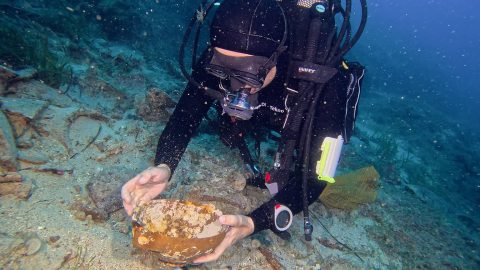

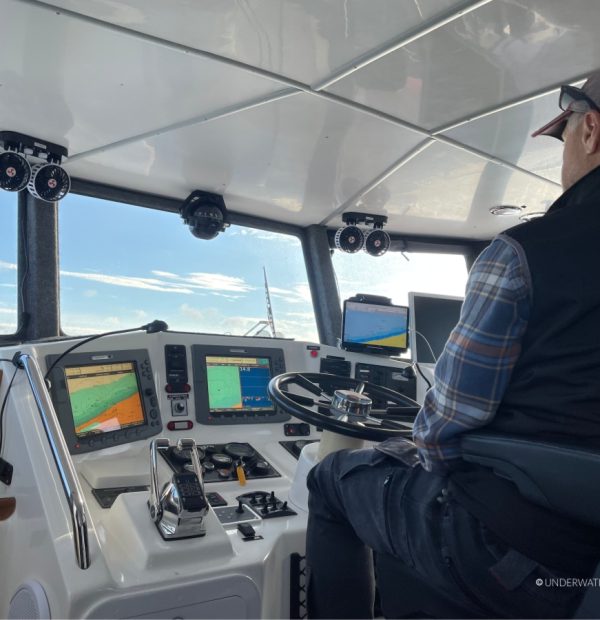


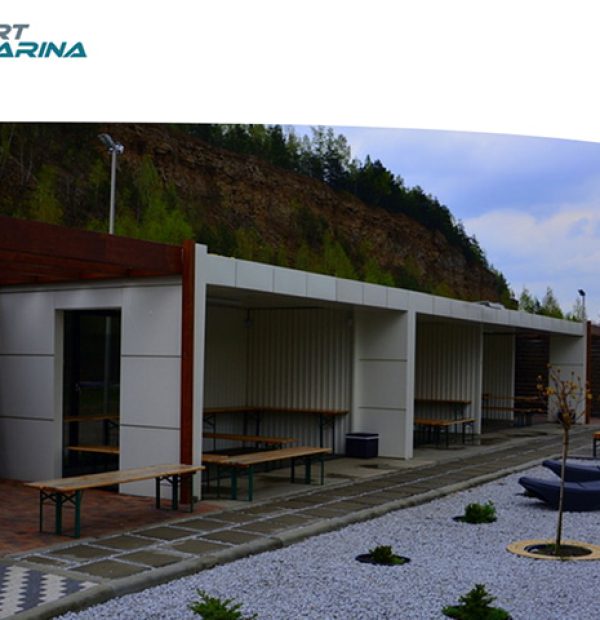
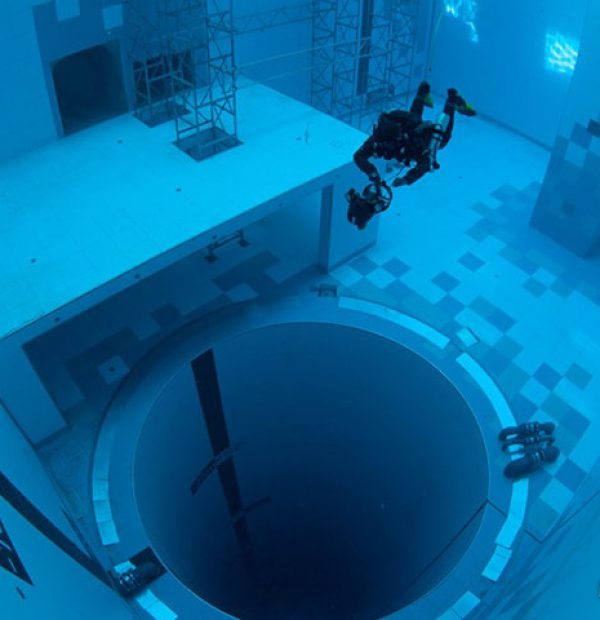
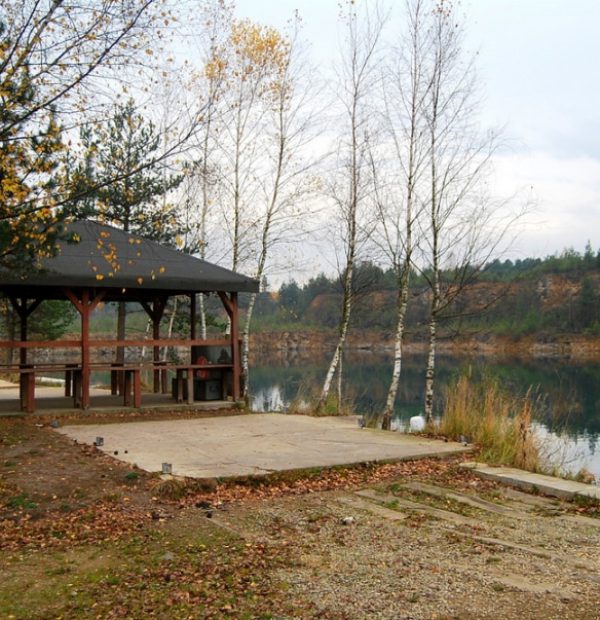

Welcome to DIVERS24.COM, your daily source of scuba news, freediving, scuba diving information, and equipment reviews. Our comprehensive coverage of the dive industry from A to Z provides you with all the latest scuba news, training updates, underwater photography tips, and everything else related to scuba diving. Whether you’re a beginner or an experienced diver looking for more knowledge about scuba gear or techniques – we’ve got it covered! With our in-depth articles written by experienced divers who have been there and done that, you are sure to find exactly what you need here at Divers24.com. Dive into scuba news today!
Underwater Media Sp. z o.o.
Szafarnia 11/F8,
80-755 Gdansk, Poland
Welcome to DIVERS24.COM, your daily source of scuba news, freediving, and scuba diving information. Sign in for a weekly news update and discount coupons for dive gear and apparel.
@2023 - underwatermedia.pl. All Right Reserved. Designed and Developed by Tworzenie stron internetowych Gdansk

The Divers24 portal is currently the largest online medium treating diving in Poland. Since 2010 we have been providing interesting and important information from Poland and around the world on all forms of diving and related activities.
Contact us: info@divers24.com